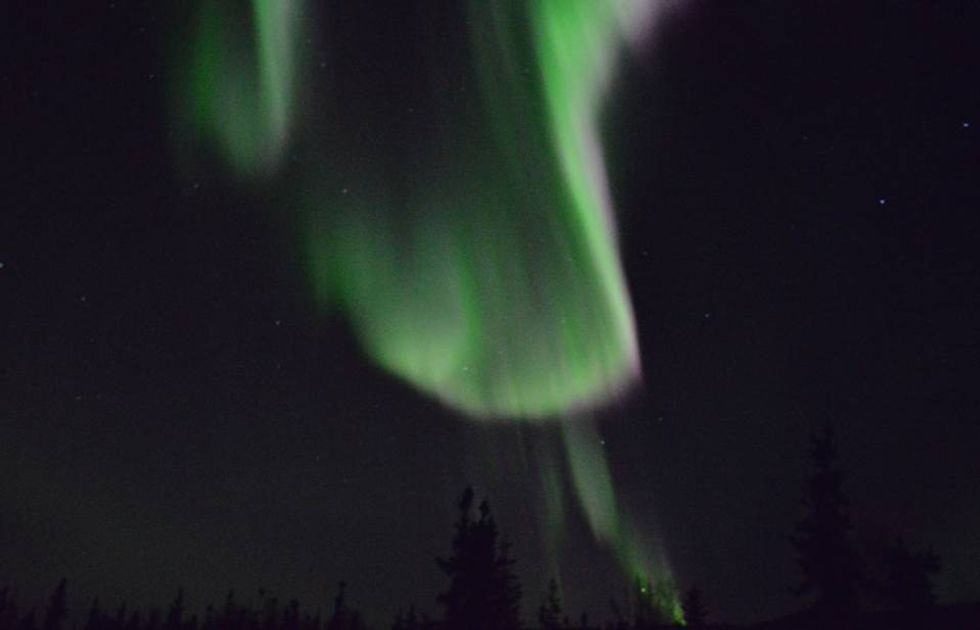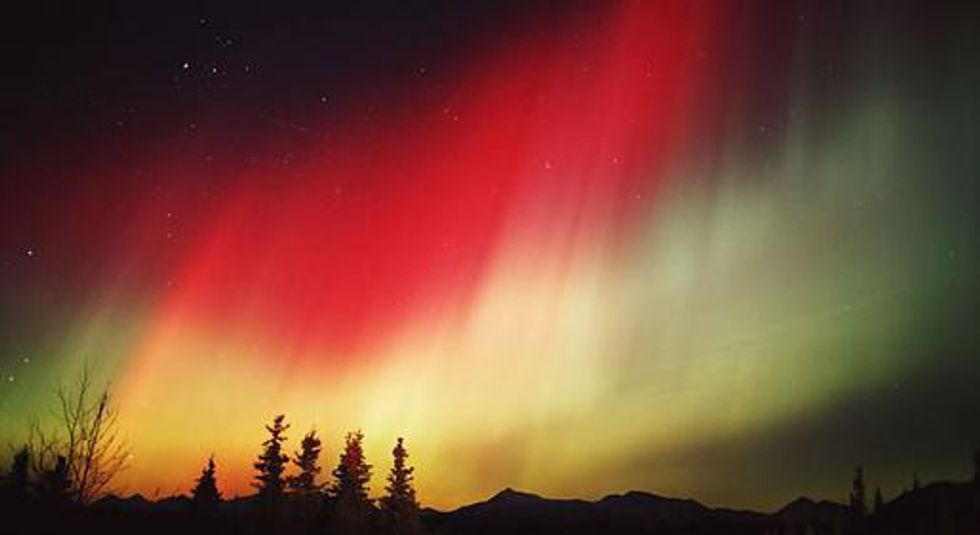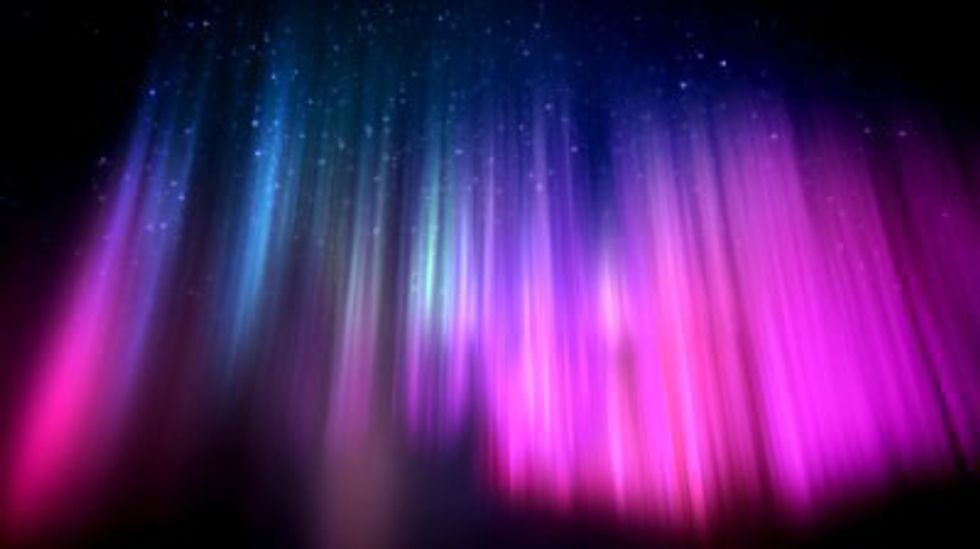Polar lights are a natural phenomenon that occurs within the northern and southern hemispheres. The northern lights are scientifically known as aurora borealis, and the southern lights are called aurora australis. On the surface of the sun, the aurora borealis begins its process with a coronal mass ejection, expelling a cloud of gas, similar to the smoky backfire of an old truck. If, in just a few short days, this celestial backfire reaches earth, it will collide with the magnetic field that trails behind the earth. This magnetic field looks similar to the tail of a shooting comet.
When the coronal mass ejection collides with the magnetic field, it causes the earth's tail to generate currents of charged particles, which then stream along lines of magnetic force generated by the earth’s core and flow into the Polar regions. When these particles collide with the oxygen and nitrogen atoms within the earth’s atmosphere, they produce the auroral light. Although a beautiful spectacle, the invisible flows of particles and magnetism that occur during the light show can damage electrical power grids and disturb satellites operating in space.
The colors and patterns of the aurora depend on the different types of ions or atoms being energized as they collide with the atmosphere and interact with the lines of magnetic force, as well as the altitude of the meeting. The colors vary from blue violet, violet red, bright green, and ruby red. The shapes differ from rippling curtains, pulsating blobs, traveling pulses, or steady glows.




































